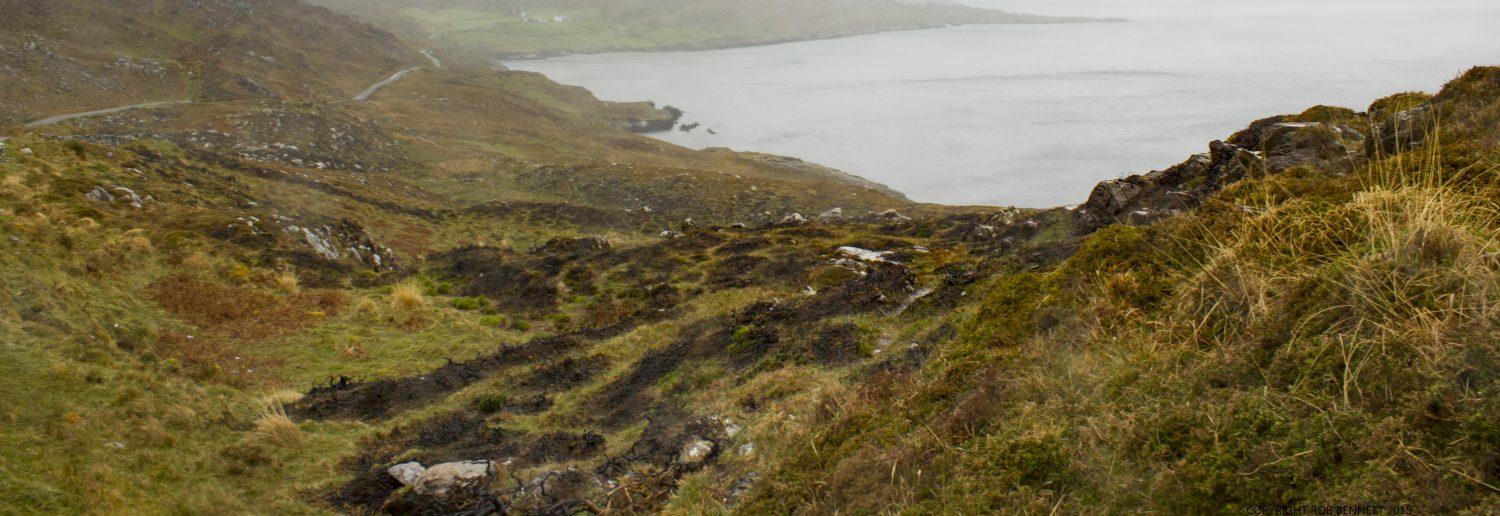Scotland has a new Corbett! Yes that’s right, it turns out there’s another mountain north of the border that qualifies as a member of the Scottish 2500-3000ft mountain club. The ‘new’ Corbett in question is the mighty Cnoch Coinnich, which lies close to Loch Goil in Argyll and Bute. How can there be a ‘new’ member of a list of mountains above a certain height, I hear you ask?
Well the answer in this case lies in improvements in surveying technology. The process of mapping the British Isles has been one of continual improvements since the original nineteenth century surveys were undertaken by the Ordnance Survey, those brilliant folks who not only mapped our mountains for us but have left their iconic calling cards, the venerable trig pillars, as testament to their hard work, effort and expertise. As time has gone by, errors and discrepancies have been ironed out, improved datasets have enabled more stringent calculations to be made, and technological advances have enabled ever more accurate measurements of even the tiniest details of the terrain to be mapped out. A major improvement over the 1930s-era surveys came when the Ordnance Survey began a comprehensive aerial study of Britain from the late 1940s onwards, and one of the favoured technologies used to refine contour mapping datasets these days is the use of air to ground lasers to build up a detailed picture of the exact nature of the surface, in the same way that a ship might use sonar to create an accurate map of the ocean floor. Additionally, the Ordnance Survey have two aircraft as part of their Flying Unit which, equipped with 196 megapixel cameras, take high resolution images of the ground from November to February every year in order to refine mapping information (by capturing, for example, newly-built areas of towns, changes in field boundaries, etc).
Despite the increasing precision of measurement afforded in general surveying however there is incredibly still room for refinement, and there are numerous mountains whose height is at or near the borderline of a category that might end up being promoted or demoted as survey accuracy improves. So it is that Sgurr nan Ceannaichean and Beinn a’ Chlaidheimh, previously considered Munros, were recently demoted to Corbett status following more detailed survey work.
For a mountain to reach Corbett status it must pass the magic 762 m (2500 ft) mark, and must have at least 500 ft of vertical height separating it from its nearest neighbours (a requirement that doesn’t apply to the Munros, interestingly). In the case of Cnoch Coinnich, a survey team headed up the previously 761m mountain in May with a Global Navigation Satellite System receiver and allowed two hours to pass as the relative altitude of the receiver to the satellites above was precisely calculated. The result? Cnoch Coinnich is actually 763.5 metres high, comfortably making it a Corbett, and meaning that future editions of OS maps mark it with a rounded up 764m height. I suppose this means I’ve got another one to put on the list now!

